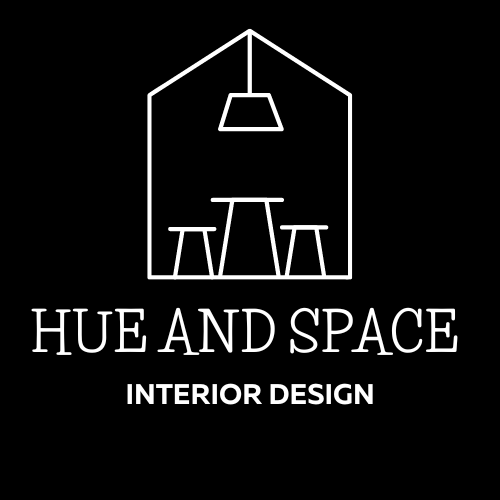Concrete Furniture Buying Guide
"Concrete" is often used as a catch-all term to describe a wide range of building materials, but what is it exactly?
Concrete is a mixture of cement, gravel, sand, water and a range of aggregate materials. With about 10 Billion tons of concrete produced every year, it is the most consumed substance in the world, second only to water.
People often use the terms ‘cement’ and ‘concrete’ interchangeably. Which is like using the words ‘flour’ and ‘cake’ interchangeably. They’re not the same thing. Cement, like flour, is an ingredient
It’s also the world’s most widely used material for construction due to its durability and strength. However, there has been a lot of speculation about its contribution to greenhouse gas emissions. Replacing energy-consuming ingredients is a way for manufacturers to achieve an eco-friendly construction material. All materials used to make the finished product determine its weight, durability and impact on the environment.
When a material is this long-lasting, it can be considered an eco-friendly choice as it doesn’t need to be replaced every few years. Look for green formulas that use a high percentage of recycled natural materials that absorb CO² and produce fewer pollutants than traditional ingredients during their production.
What is Green Concrete?
Green Concrete is an eco-friendly option that uses a carbon-reducing manufacturing process. The raw materials used to produce green concrete mostly include discarded waste from the industry. Green concrete is more environmentally friendly than regular concrete, both in the raw materials it uses and in the manufacturing process.
Green concrete has the strength of the most commonly used Portland variety, however, it creates concrete furniture that is considerably eco-friendlier and relatively lightweight. Concrete furniture that is lighter in weight is more practical, as it’s easier to manoeuvre and reposition. Check your choice of concrete furniture is also coated in a sealant that enhances its ability to withstand the rigours of everyday use and outdoor environments.
Top 7 reasons why concrete furniture will always be on-trend
1. Durable and hard-wearing
Concrete furniture isn’t as easy to scratch or chip as timber, glass or stainless-steel furniture and it generally takes a lot to chip it. Concrete furniture does vary in its ability to withstand stains and outdoor elements. It’s essential to choose pieces that have a strong, durable composition and an effective sealant that makes the piece resistant to moisture, UV rays, and extremes in cold and heat. Choose a seamless surface that won’t trap moisture that leads to mould, dirt and grime affecting the look and feel of each piece.
2. Versatility
Concrete works well outdoors but it’s also quite beautiful when used inside. Concrete furniture definitely has a place in a stylish and contemporary interior design scheme. Its sleek, minimalist look can add a unique visual interest to a space and brings with it a sense of industrial chic or modern elegance.
3. Design flexibility
With its uniform smooth finish, natural hues and clean lines, concrete furniture looks good paired with any other style of furnishing to create a unique look. Its earthy natural hues complement timbers, stone, tiles and man-made composites, like terrazzo-style concrete floors. It’s an easy material to add to a design to create an inviting cohesive space and break up a wood-on-wood look.
You can use concrete furniture and accessories to create lots of looks including:
A Modern minimalist look with pared-back styling and accessories
An Industrial style with metal accents like steel chairs and rough and unfinished timbers
A Retro ‘70s look with dark timber, terracotta colours, cowhide rugs, and indoor plants
Country and Rustic styles with raw timber, checks and floral fabric cushions and floral arrangements
4. Eco-friendly
The intrinsic qualities of concrete furniture – strength and durability – make it long-lasting and therefore an eco-friendly choice as it doesn’t need to be replaced every few years. Look for green concrete formulas that use a high percentage of recycled natural materials that absorb CO² and produce fewer pollutants than traditional Portland cement during its production.
5. Low Maintenance
Most concrete furniture simply requires a wipe-over with mild soap and water to keep it clean. For concrete furniture that is super easy to clean, choose pieces without joins or seams that can harbour dust and grime.
6. Smart Investment
Concrete furniture is durable and strong, it’s long-lasting, keeps its good looks, and rarely requires repairing, which makes it a cost-smart investment.
10 things to look for when buying concrete furniture
Eco-friendly: Made from a combination of green cement and a high percentage of recycled natural materials that absorb CO2 during the curing process.
Non-toxic: Free from harmful chemicals, substances and materials like asbestos, formaldehyde, silica, carcinogens, heavy metal salts, radiation, organic solvents and oils.
Stain Resistant: A surface is impervious to a wide range of stain-causing fluids and materials.
Environment Resistant: Resistant to water, fire, insects, termites, mould and mildew.
UV Stable: Resists the damaging effects of ultraviolet (UV) light which is present in sunlight.
Lightweight: Robust yet lightweight, which means it’s easy to move each piece of concrete furniture from room to room, or from indoors to outdoors.
Seamless Construction: The products are free of join lines, making each piece more attractive and easier to clean.
Durable Surface: Lasts longer, creates less waste and reduces the need to repair or replace your investment pieces. It’s also impact resistant.
Colour consistent: The hue is consistent from one piece of concrete furniture to the next, which is vital when buying multiple pieces of concrete furniture.
Easy to clean and maintain: Simply need to wipe over with water and a gentle soap; use car wax polish twice a year to nourish and protect it and keep it looking like new.
Concrete furniture can be a great choice for those who are looking for a durable and low-maintenance option that can withstand wear and tear, as well as those who want to incorporate an eco-friendly and sustainable material into their home decor.



